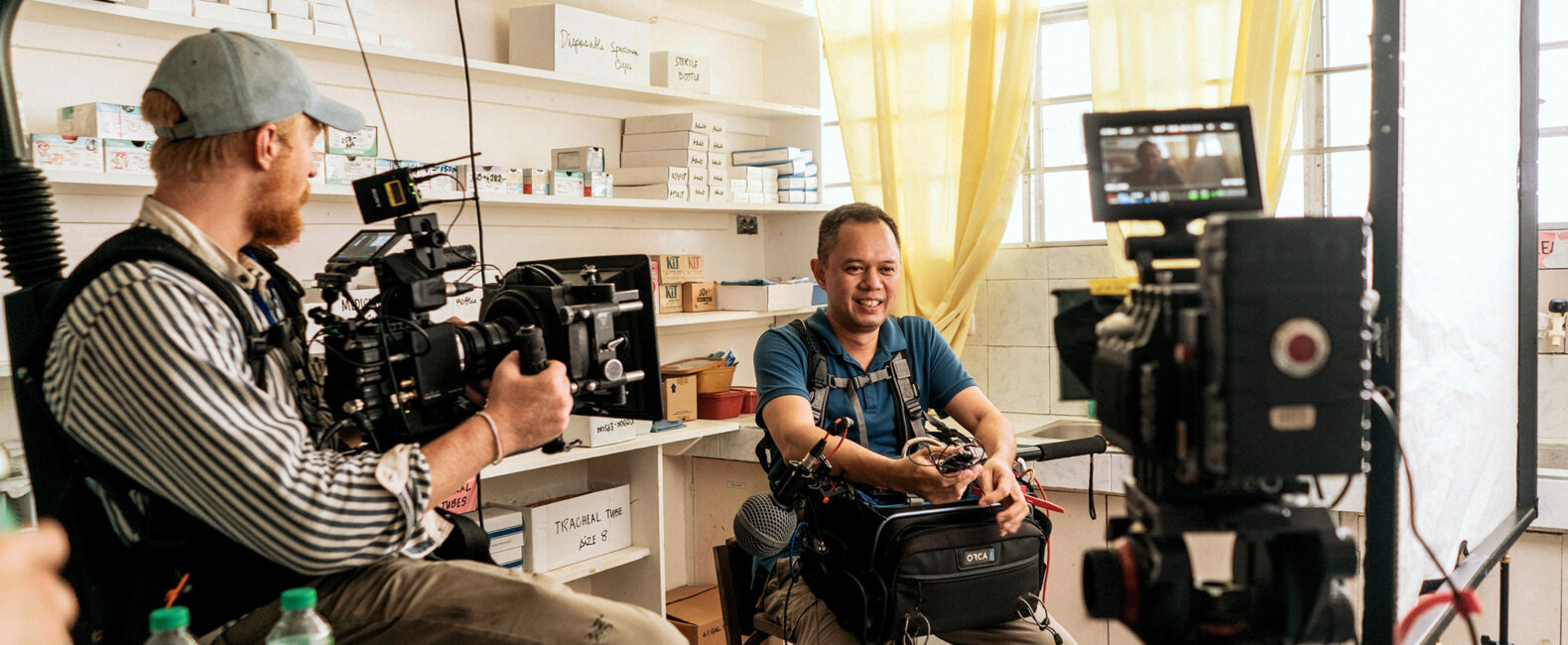In the ever-evolving landscape of crime investigation, a groundbreaking technological advancement has emerged, revolutionizing the way law enforcement navigates crime scenes – Voice Forensics. This cutting-edge technology, often referred to as the Frequency of Truth, harnesses the power of advanced audio analysis to dissect the subtle nuances of human speech, unraveling the secrets hidden within vocal patterns. Unlike traditional forensic methods, Voice Forensics operates on the principle that every voice carries a unique frequency signature, akin to a sonic fingerprint. This method allows investigators to not only identify individuals through their voice but also to discern crucial details about their emotional state, potential deception, and even geographical origin. The application of Voice Forensics begins at the crime scene itself, where audio recordings from various sources, such as 911 calls, witness statements, or ambient sounds, are collected with meticulous precision. The captured audio becomes a sonic tapestry, a rich source of information waiting to be unraveled.

The technology analyzes not only the words spoken but also the pitch, tone, cadence, and even the pauses between words. This comprehensive approach enables investigators to create a detailed audio profile, providing insights into the speaker’s psychological state during the recorded moment. One of the most remarkable aspects of Voice Forensics is its potential to uncover deception. Through the analysis of micro-expressions in the voice, subtle fluctuations that betray the speaker’s emotional state, investigators can now discern the authenticity of statements made during critical incidents. This capability has far-reaching implications in criminal cases, offering a powerful tool to separate truth from falsehood. The frequency of truth, embedded in the voice patterns, becomes a beacon guiding investigators through the labyrinth of conflicting narratives. Furthermore, Voice Forensics transcends the boundaries of language and cultural differences Learn More. The technology’s reliance on vocal patterns rather than linguistic content allows investigators to navigate crime scenes involving diverse populations, where language barriers might otherwise impede the pursuit of justice.
In a globalized world, where crimes often transcend borders, this capability enhances the international collaboration of law enforcement agencies. Despite the transformative potential of Voice Forensics, ethical considerations and privacy concerns loom large. Striking a delicate balance between utilizing this powerful tool for justice and safeguarding individual rights poses a significant challenge. As the Frequency of Truth becomes an integral part of crime investigations, society must grapple with the implications of this technological leap, ensuring responsible and lawful implementation. In conclusion, the advent of Voice Forensics marks a paradigm shift in crime scene investigation, offering a novel approach to unraveling the intricacies of human communication. The frequency of truth, embedded in the cadence of voices, empowers investigators to navigate the complexities of criminal cases with unprecedented precision. As this technology continues to evolve, striking the right balance between its potential and ethical considerations remains paramount in shaping a future where justice is served without compromising individual rights.








 Luxury, however, extends beyond the mere possession of a vehicle; it is an ethos that permeates every aspect of
Luxury, however, extends beyond the mere possession of a vehicle; it is an ethos that permeates every aspect of